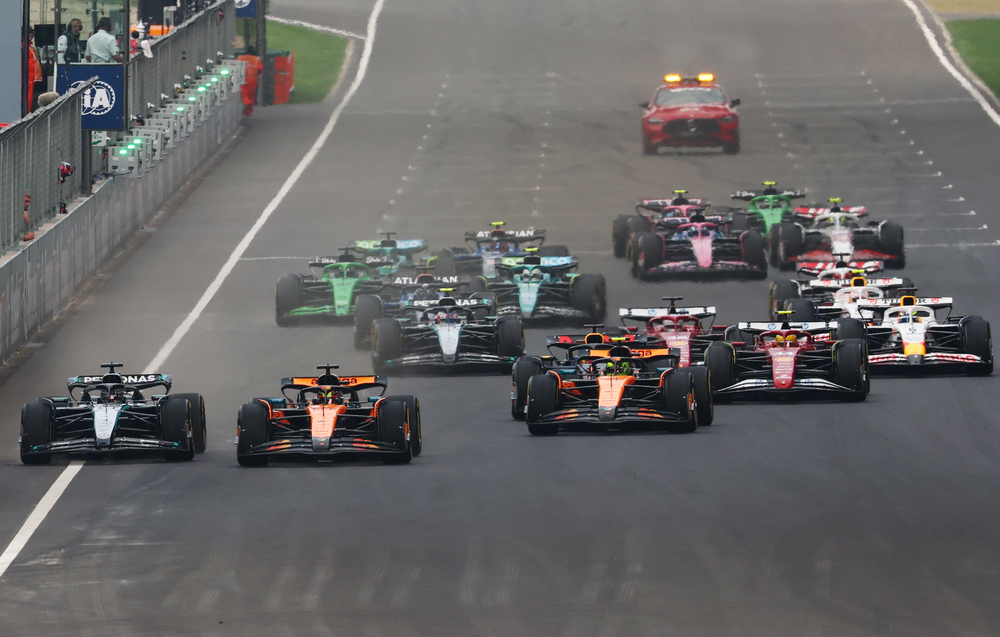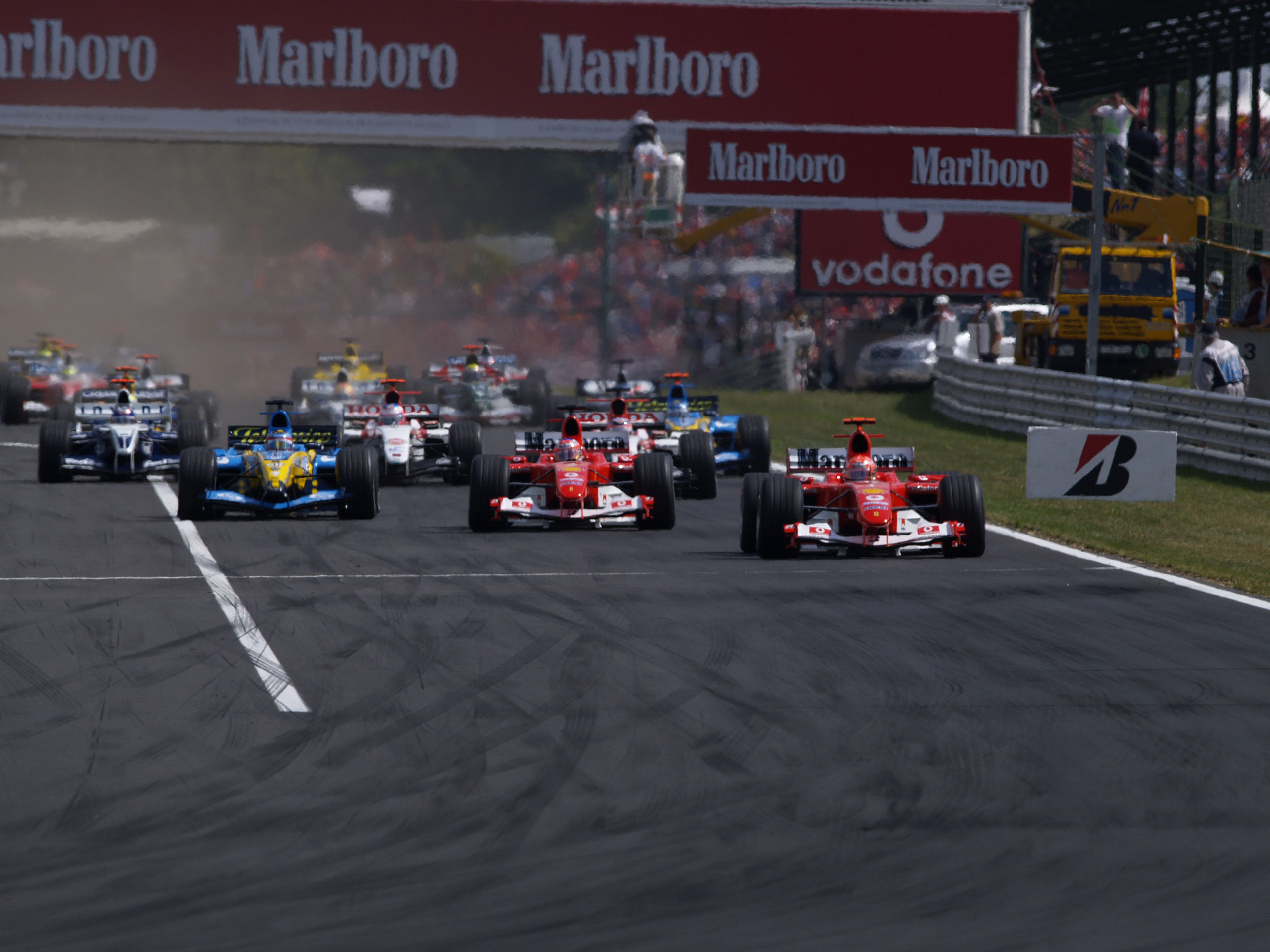October 5th of next year will mark 10 years since Jules Bianchi’s tragic accident at the Japanese Grand Prix that led to his untimely passing in July of 2015 at the age of just 25.
Pit Debrief had the opportunity to speak to his race engineer Francesco Nenci. The Italian worked with the French driver for a few races in 2014 before joining Jarno Trulli’s Formula E squad. In their first race together at the Monaco Grand Prix, Bianchi stunned the F1 world as he and Marussia scored their first points in the sport.

Photo Credit: Marussia F1 Team
Nenci had been previously at Toyota and Sauber in Formula One before he joined the team based in Banbury.
He explained how similarities between Marussia and Sauber helped when he started working there.
“When I joined the team, it was very different from what I experienced before. A very small team, a British team — the first time for me.
“But [they were] extremely efficient. I could see that the main focus for them was to be able to race. Yes, they were focusing on performance, but it was the first year where they got to a stage where they could really start to exploit it.
“I was actually coming from experience of Sauber where we had a very difficult car in 2013 — the car with the narrow sidepods. That meant a very big change of approach in terms of set-up, and I was very lucky that Marussia showed very similar signs.
“Then, for me, [I] just [had] to apply the same from what I learned at Sauber.”
Nenci was an observer during the Spanish Grand Prix weekend. The Italian then started getting to work in the post-race test held at the Circuit de Catalunya.
He explained how quickly changes and improvements were made. Chilton’s 1:26.4 was 3.1s quicker than his qualifying time three days previously, albeit on a soft tyre compared to the medium that was used during the race weekend.
“I joined [the team] at the Barcelona race as a spectator let’s say. I was following the whole procedure [and then] to cover the test with [Max] Chilton.
“With just one day of work, we really got on top of it. Chilton made the quickest lap. Yes, it was low fuel and soft tyres but he made it.
“The car never got to that stage before. The team had a lot of potential in my opinion and just didn’t have the chance before to put it together.”
Nenci slotted into the team as race engineer for Jules Bianchi. Their first race event together was at the Monaco Grand Prix. The Italian explained how good their relationship was from the get-go.
“Personally I joined at the right moment, because with Jules, it was very easy [to work with him] from the beginning. He spoke very good Italian, I speak French. We got along very well. We were calling often on the phone.
“Since the first race I did in Monaco after the test, the car was in the window. There was radical step changes that we made, but we also had some new parts which allowed that.
“The car immediately started working. We moved from the back of the grid to the midfield.”
A piece of advice the Italian engineer gave Bianchi ahead of the race reminded him of a previous Monaco weekend from his Toyota days. Working as Ralf Schumacher’s race engineer in 2005, Nenci saw the German driver climb from P18 to P6 that year. The 6-time Grand Prix winner had crashed at Tabac in Saturday qualifying and started at the back.
“I have to say I had very good experience in Monaco. I told him before the race that in 2005 with Ralf Schumacher, he started last and finished 6th.
“In Monaco, especially in unsettled conditions like we were, it’s more about not to do mistakes, and you have to really focus on every little detail.
“The walls are so close, and it’s so easy to tap a wall and to end your race.”
Bianchi had qualified P19 but was handed a 5-place grid drop because of a gearbox change.
“We got a penalty because we had to do a gearbox change. Luckily we spotted it. The gearbox, the differential was broken in qualifying.”
As the race progressed, it became clear the French driver and Marussia had a shot at scoring their first point(s) in F1. Bianchi’s iconic move into La Rascasse on lap 36 against Kobayashi was a huge moment as it allowed him to get into clean air and put down some impressive lap times.
However, he was also competing with a 5-second penalty over his head as he was in the incorrect grid slot at the start of the race. Marussia tried to serve it under the Safety Car — that wasn’t allowed.
Nenci shared a funny story of how his driver found out about it, admitting he didn’t tell him on the radio.
“I was not telling him and he was looking at the screens — they were all around the circuit — and he was screaming, ‘why do I have a penalty?’ [I was like], ‘how do you know?’.
“That happened but still it’s something you go through and you just have to look forward. He responded very quickly.”
With Bianchi in 10th and Grosjean less than 5-seconds behind him, he needed help to finish in the points. He got it.
Kimi Räikkönen’s ambitious move on Kevin Magnussen with less than five laps to go at the hairpin saw them both get stuck there for quite a period of time.
Bianchi moved up to P8. Although he would drop to 9th in the end because of his penalty, it was pure joy for the Frenchman and Marussia.
Nenci explained how it was important to stay focused and concentrated on the job at hand in the closing laps as excitement understandably grew on the pit wall and in the garage.
“He [Bianchi] could feel we were on the verge of scoring our first point for the team. We were all very excited. But on the other hand, we had to not lose our focus.
“Everything was done at the right moment, and we did it.
“But [the] bottom line [is], if the car is no good, if the driver is no good, you won’t achieve that.”

Photo Credit: Marussia F1 Team




